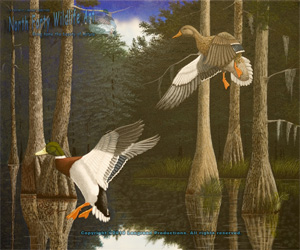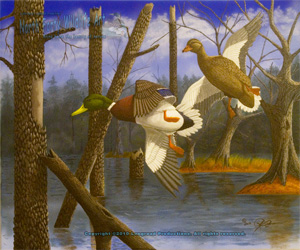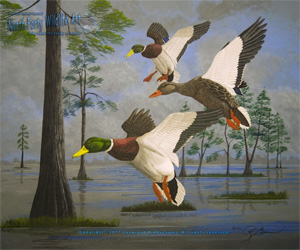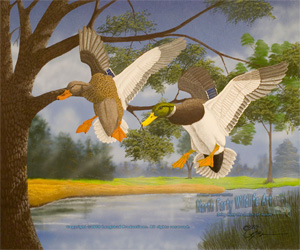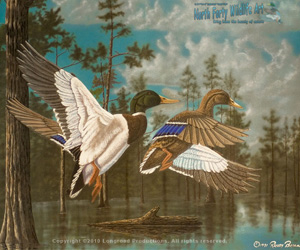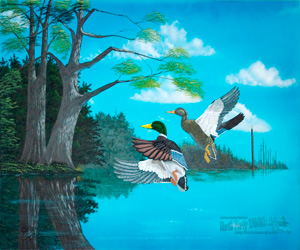When painting on stretched canvas, it is very difficult to get an accurate sketch before the painting begins because of the stretch of the canvas itself. Here are a four tips to help eliminate some of the frustration of sketching on stretched canvas.
Layout the Dimensions of the Final Size
After I have cut the canvas to fit the stretcher frame I’m going to use for the painting, I always layout a rectangle on the unstretched canvas by centering the stretcher on the canvas and tracing around the outside of the stretcher on the primed Continue reading



